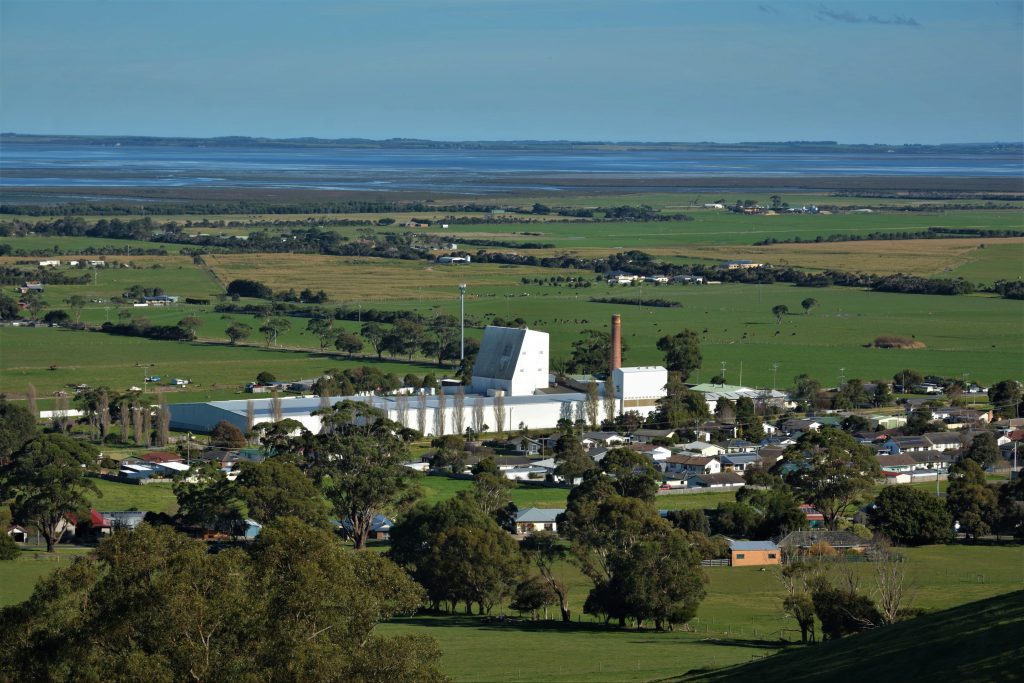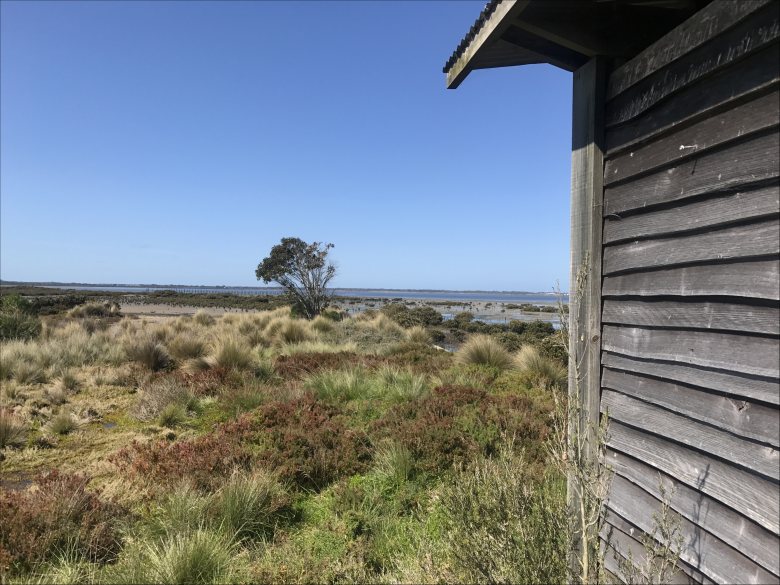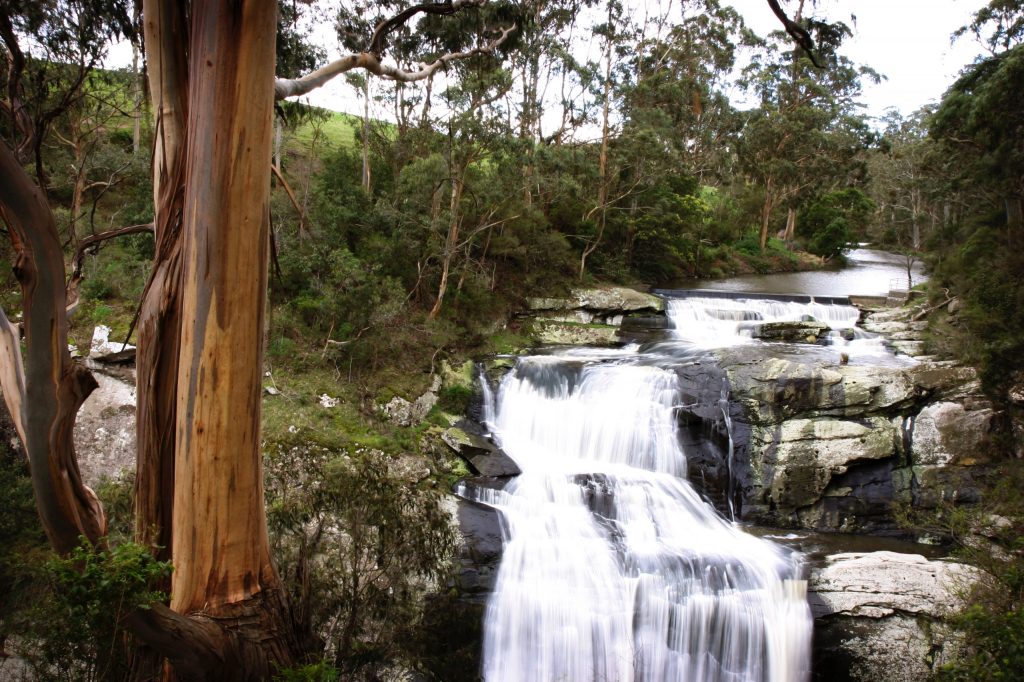A lovely township with a rich history and a bright future, surrounded by dairy country.
Toora is a small, historic township situated between Foster and Welshpool. Nestled in the hills above town are 12 wind turbines and Victoria’s highest single-span waterfall, Agnes Falls. Toora offers visitors breathtaking views of Wilsons Promontory National Park, the view from the lookout at Silcocks Hill Road is particularly impressive.
Toora is located 180 kilometres south-east of Melbourne, around 2.5 hours along the South Gippsland Highway or 13 kilometres east of Foster and approximately 12 kilometres from Agnes Falls.
The word ‘toora’ is said to be an Aboriginal instruction which translates as ‘woman, look after fire’. It was reputedly used regularly when the men in the group departed for religious ceremonies at Wilsons Promontory. Originally, the township was first known as Muddy Creek and was established in the 1860’s to supply hardwood to Melbourne, Victoria. Melbourne’s gold mining boom had left the city with a shortage of hardwood following an unprecedented building surge. Blue gum sleepers were used to construct piers and were exported to India for the construction of railway lines.
A sawmill at Sealers Cove, Wilsons Promontory, was the planned source of timber, but it was soon evident that supply was too limited. The mill was was relocated to Muddy Creek in 1853. The sawmill was situated on the east bank of Muddy Creek and had contracts for many types of sawn timber which was transported across the mangrove swamp to Swan Bay where it was loaded onto barges which carried them to larger boats anchored in deeper water in Corner Inlet. Parts of the old tramlines and loading facilities still remain. Following the success of the Muddy Creek saw mill, more mills were established in the thickly forested hills surrounding Toora and the timber was transported on tramlines across swamps and taken to seaports by barges.
In the 1890s, during the depression, the government of the day encourage settlement of the Toora area under the Village Settlement Scheme. Unfortunately, the blocks (which were designated for farming) were too small and the scheme failed. The abandoned land was taken up for dairying and the fattening of cattle. These are the main industries of the area today.
Source: Toora and District Family History Group Inc.
Today, Toora is a bustling farming community. North of Toora are two mountains, Mt. Best and Mt. Fatigue, both offering spectacular views of rolling hills, Corner Inlet and Wilsons Promontory. Huge trees can be found in the valleys that surround the mountains. Mountain Ash, Beech, Wattle and tree ferns are common. A 2000 acre timber reserve backs on to the Grand Ridge Road which is accessible from Toora via the Toora – Gunyah Road.
Agnes Falls is the tallest (single-span) waterfall in Victoria and is easily accessible from Toora, by following the Agnes Falls signage that begins at Silcocks Hill Road. A viewing platform for the waterfall can be reached via a 200 metre path.
Bank
Bendigo Bank, Stanley Street
Dump Point
Toora Tourist Park, guest use only (free)
Long Vehicle Parking
Jetty Road, Toora
Newsagency
Toora Newsagency, Stanley Street
Parks & Playgrounds
– Sagassar Park, Victoria Street (Toilets, playground, BBQ, seating)
– Skate Park, Victoria Street
– Stanley Street (playground only)
Petrol Station
BP, 26 Foster Road (South Gippsland Highway). 24 hours, automated after 6pm.
LPG not available after 6pm
Pharmacy
Toora Pharmacy, 1 Foster Road
Post Office
Australia Post, 15 Stanley Street
Supermarket
Foodworks, 66 Stanley Street
Quick Facts about Toora
– Population approximately 950 (according to latest Census data)
– 180 kilometres south-east of Melbourne
Toora – Activities and Attractions
– Agnes Falls
– Toora Wind Farm
– Heritage Pear Orchard
– RAMSAR international wetland site (with Bird Hide and walking trail)
– Great Southern Rail Trail passes through Toora


